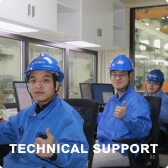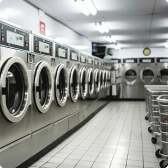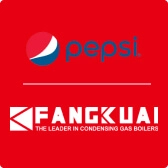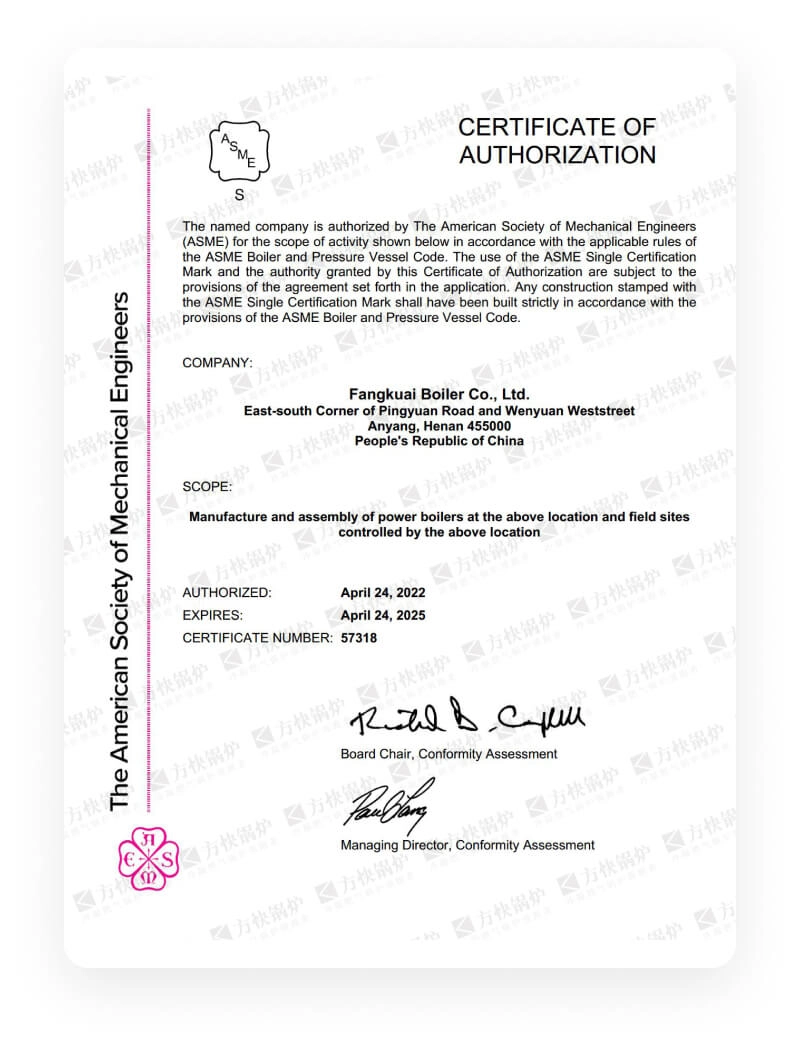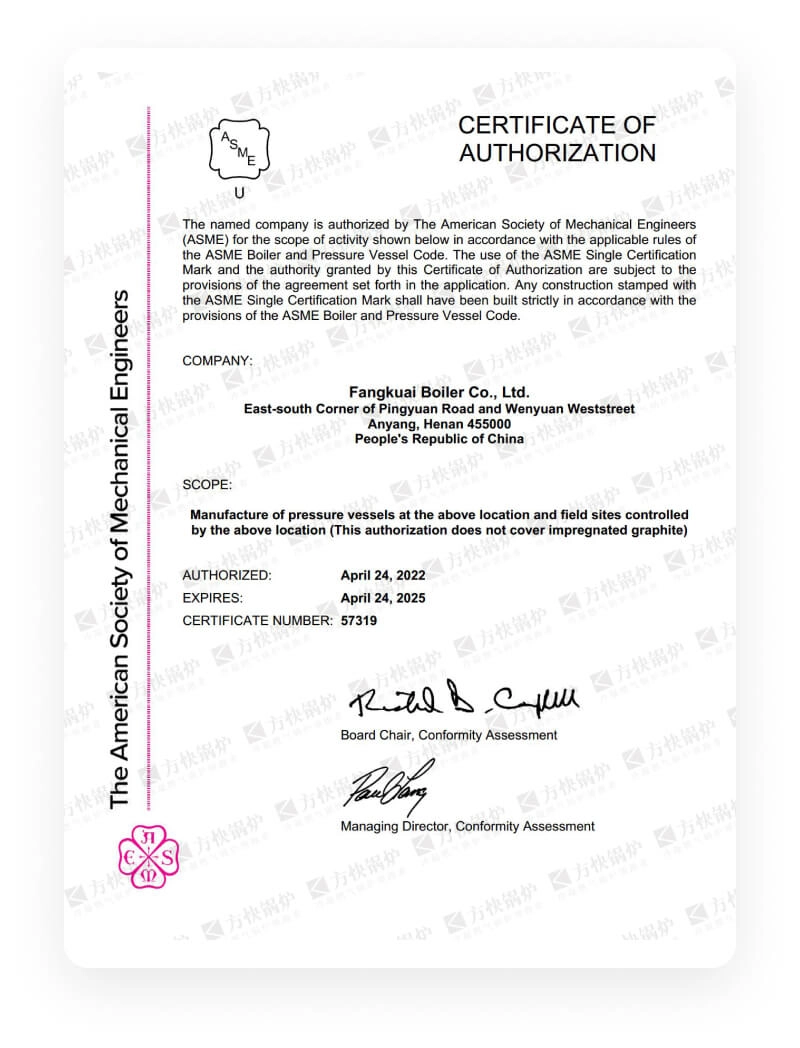Hot Water Boiler vs. Water Heater: What’s the Difference?
date: 2024-10-22
Page preview:
How They Work
Hot Water Boiler
A boiler’s main job is to heat water—or even generate steam—and circulate it through a network of pipes and radiators (or tubing beneath a floor) to warm multiple rooms. Fuel sources range from natural gas and fuel oil to electricity. In a typical hydronic setup, water is heated to a set point, sent out through a closed loop, gives off heat as it travels, then returns to the boiler to start the cycle again.
Water Heater
Unlike a boiler, a water heater exists solely to provide hot water at fixtures—showers, sinks, dishwashers, washing machines, and so on. You’ll find two flavors:
-
Storage-tank models keep a reservoir of water at roughly 120–140 °F, reheating as needed.
-
Tankless (on-demand) units ignite only when you open a hot-water tap, delivering a continuous flow without the standby energy losses of a storage tank.
Spotting the Differences
| Aspect |
Hot Water Boiler |
Water Heater |
| Purpose |
Space heating (and indirect domestic hot water, if coupled to a storage tank) |
Domestic hot-water supply |
| Delivery temperature |
160–200 °F (steam) or 120–180 °F (hot water) |
120–140 °F |
| Distribution network |
Closed-loop piping to radiators or tubing |
Standard plumbing to fixtures |
| Fuel options |
Gas, oil, electricity |
Gas, electricity (plus heat-pump or solar-assisted on some models) |
| Initial investment |
Higher—complex piping and zoning controls |
Lower—basic plumbing and gas/electric hook-up |
| Routine upkeep |
Annual combustion checks, system flushing |
Anode-rod swaps, periodic tank/tubing flush |
Efficiency & Running Costs
-
Boilers often achieve 85–95 % thermal efficiency, especially condensing types that reclaim exhaust-gas heat. Once insulated, the closed-loop pipes limit heat loss.
-
Water heaters vary: high-output tankless systems can exceed 98 % efficiency in direct heating, but storage tanks lose heat over time, dropping effective efficiency to 60–70 %.
Installation Footprint
Installing a boiler means careful planning of radiators, tubing routes, zoning valves and a suitably sized mechanical room. Conversely, tank models sit unobtrusively in basements or closets; tankless units mount neatly on walls, requiring only a water line, a gas (or electric) supply, and adequate venting.
Lifespan & Maintenance
-
Boilers: 15–30 years, with yearly inspections to verify pressure, combustion quality and to clear any mineral build-up.
-
Storage Water Heaters: 8–12 years, extended by replacing the sacrificial anode rod every few years and flushing out sediment.
-
Tankless Water Heaters: Up to 20 years—descaling annually or as water quality dictates will keep performance steady.
Choosing the Right System
-
Whole-house heating plus hot water: Pair a boiler with an indirect storage tank. You’ll streamline fuel use and simplify maintenance under a single heat source.
-
Hot water only: A tankless water heater delivers endless hot water in a compact package—ideal for spot installations or retrofits.
-
New construction vs. retrofit: Boilers integrate best when piping and radiators are installed from the ground up; water heaters are plug-and-play in existing homes.


